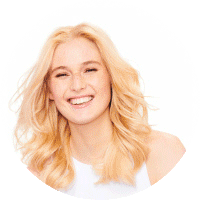How to Find the Perfect Hair Color for Your Skin Tone
There's no denying there’s a connection between skin tone and hair color. But even if you know it’s best to choose a new hair color for your skin tone, it helps to find out more about your natural features and how to accentuate them.





